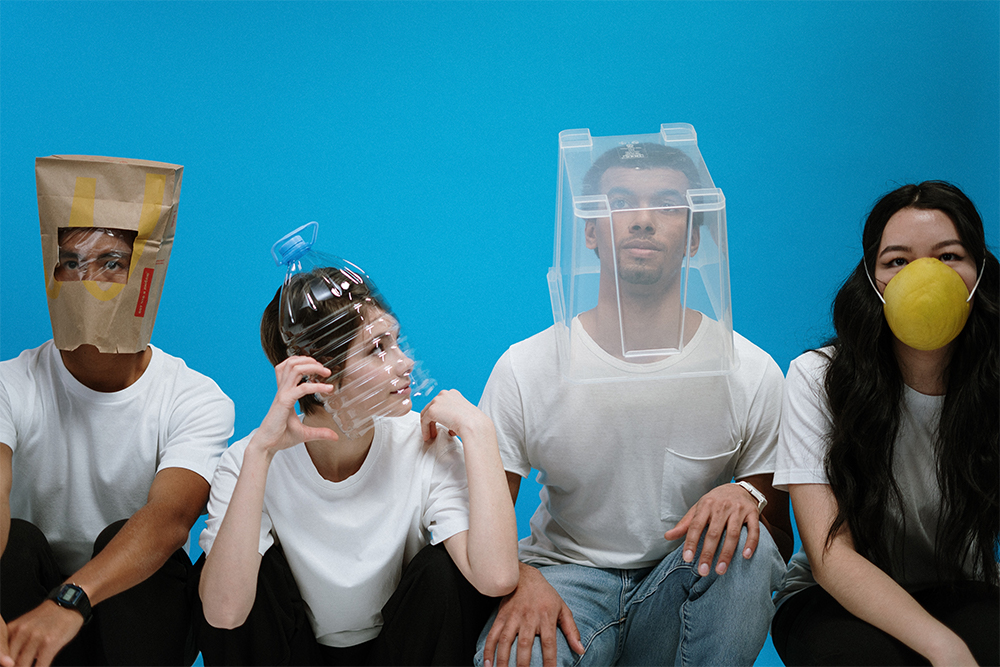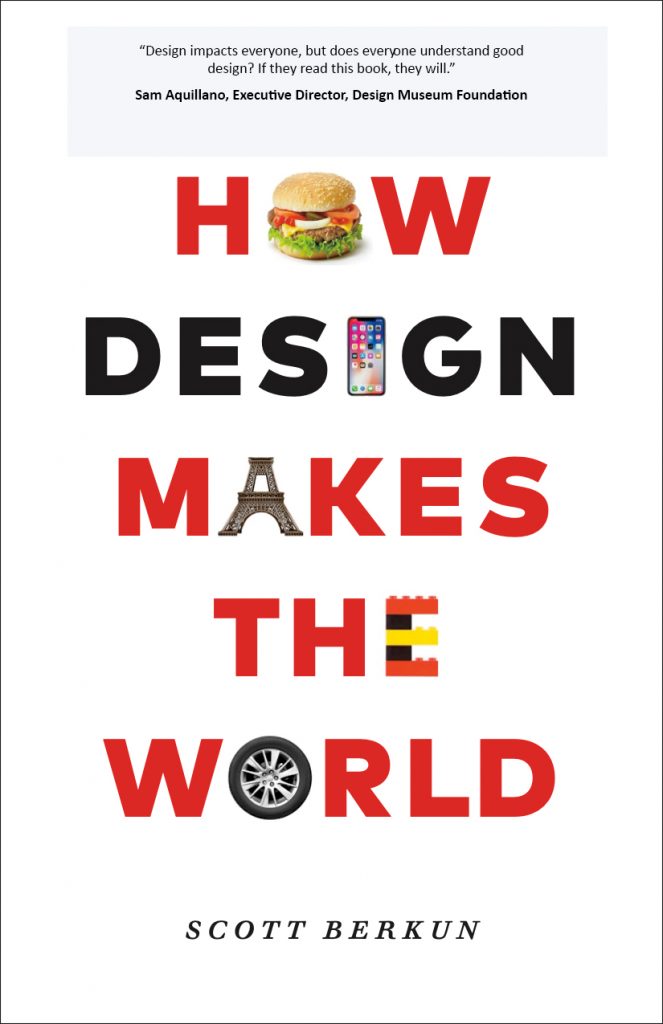The World Needs Designers Now More Than Ever
When Dr. Jan Mikulicz-Radecki designed the first surgical mask, he was questioned by his peers: they didn’t believe that by creating something so simple, millions of lives could be saved. And when chief nurse Caroline Hampton complained about her hands after assisting with surgery, William Halsted was inspired to design the first surgical gloves and asked her to be the first to test them. These stories are just two among thousands about how ideas became things we depend on. Most ideas go nowhere, it’s true, as it takes more than just having an idea to change the world. We need people who know how to make ideas real. And for this, designers are among the best we have.

Every challenge we’ve overcome in human history was led by a designer of one kind or another. Someone designed the first city, the first market, and the first hospital. It was a leader who designed regulations to keep people safe (or not) or crafted plans to help them recover after a crisis (or not). Design is everywhere we look and in everything we depend on. It explains what resources we can get or wish we had, fueling the fears that we find hard to shake. Mostly design is an act of hope. It’s the belief there is a better way and that creativity and persistence will find it.
We take good design for granted, as when it works we assume “it just happened that way.” When we flick a light switch or take a hot shower, it never enters our minds how many people with different design skills worked hard, over decades, just so we could live our lives free from thinking about their work. It’s only when things fail that we start to ask questions that perhaps we should have considered all along. Design questions. What were the goals? What tradeoffs were made? How could this fail (or have been designed to be more resilient?)
Often we dismiss design as a matter of luxury: designer handbags, designer jeans, designer living rooms. But we’ve been forced to see the limitations in the design of our systems, like schools, markets, and hospitals, which like a light switch, we assumed would always work without a thought. Design defines our social safety nets, our shared plans for emergencies, and our systems that either help us, or prevent us, from working towards the greater good, especially when lives are at stake.
Someone designed every chart, each curve and line, updating you about the state of the world, and the cities where your friends and family live. Another kind of designer designed the database that makes those charts work. Someone designed every sign or video you see about “flatten the curve”, “physical distancing” or “how to wash your hands”. Someone designed your sick leave policy, and the policy for the people who drive your bus or make your food, assuming you and they even have one. Someone is working right now to design a vaccine, or better logistics for your supermarket or even a society that works with fewer people working.
There are designers everywhere working hard right now and the work they do matters more than it ever has before. Websites, services, systems and laws are being designed, and redesigned, right now, and their quality will determine who struggles, who survives and who thrives. We all must learn and think more about good design: it profoundly impacts our lives and the sooner more people understand how good design is done, and demand it, the more likely we’ll see it where we need it most.
I wrote the book How Design Makes The World to teach everyone, from any walk of life, how to better understand good design and look at their world in a new way.
Buy the book, watch the short film, read free chapters or have some fun and spread the word.


Thank you for this post, Scott. Looking around in those difficult times, people start inventing solutions on different levels: physical, social, digital – they are actual designing, even if they are not designer in a formal sense. They try to come up with solutions for Wicked Problems. It’s now the time for us (as designers) to show that our profession has something to offer. On a professional level it’s time to read again Horst Rittel.
Thanks Michael
Thanks for sharing such a useful article.
In fact, designers create most of the things we know and use today. I listened to a podcast on ideas that change the world, and the host said that most of the ideas appeared in the Enlightenment age, because people from different spheres were more in touch with each other. But I think there are a lot of important inventions today as well. They’re still life-changing, but we just don’t see them as such, because we’re used to constant change. Just think of all the software that has been developed and is still being developed, zoom.us and Slack and worktime.com, and many more. Besides, there is a lot of competition between brands and products today, and I think designs and designers are affecting our lives and I think designs and designers are affecting our lives just as much as inventors did at the time of the Enlightenment.